Government by deadline -- Why shutdowns are killing congressional power
Published in Political News
Every autumn brings its rituals: football, spectacular fall colors, and in Washington, the countdown to a government shutdown. Once a rare emergency, these funding standoffs have become as routine as pumpkin‑flavored beverages.
September 30 marks when federal funding will expire, a recurring cliff since the 1970s. Each year it looms larger, shaping the rhythm of Congress’s work. Lawmakers are again scrambling—not to solve problems, but merely to keep the lights on.
This time, the fight doesn’t fall neatly along partisan lines. Fiscal hawks, backed by the White House, want to lock in flat funding well into 2026. Democrats, joined by some top Republicans, prefer a shorter extension into November to allow real negotiations. But the deeper story is the slow bleed of Congress’s budget authority. Trump has fueled the standoff by unilaterally canceling billions in foreign aid and consolidating spending power in his Office of Management and Budget—moves that even some Republicans warn may violate the law.
Shutdown brinkmanship may feel like business as usual, but it signals something deeper: the corrosion of democratic norms. Congress’s reliance on stopgaps has turned budgeting from a deliberative process into a recurring crisis. That dysfunction has allowed the executive branch to expand its reach. Trump has seized on congressional paralysis, using temporary funding battles to consolidate presidential power.
Why shutdowns happen
Shutdowns aren’t accidents—they’re built into federal law. Under the Antideficiency Act, agencies can’t spend money without an appropriation. When Congress fails to pass the 12 annual spending bills, nonessential functions grind to a halt, and essential workers, like air traffic controllers, must continue without pay. Services from small business loans to national park operations freeze.
Shutdowns were once rare: the longest before Trump was the 21‑day standoff in 1995–96. But in the last decade, they’ve become commonplace, with continuing resolutions replacing full budgets and leaving agencies to lurch from one deadline to the next.
Fractured Congress
The current standoff shows just how splintered Congress has become. Trump‑aligned fiscal hawks are pressing for a year‑long spending freeze, which defense hawks warn would gut military readiness. Democrats and some establishment Republicans instead push for a shorter stopgap into November, hoping to preserve leverage for negotiations on health care subsidies and agency funding.
These divisions have produced unlikely partnerships. Democrats who normally oppose Pentagon increases now side with GOP defense hawks to block a freeze that would erode military budgets, while Republicans from swing districts back Democratic calls to extend Affordable Care Act subsidies to shield constituents from premium spikes. Even earmarks, once the scourge of conservatives, have become bargaining chips. In this environment, strange bedfellows emerge not out of principle but out of necessity.
Trump’s machinations
If Congress has descended into chaos, Trump positively thrives in it. His latest gambit—the so‑called “pocket rescission” of nearly $5 billion in foreign aid—set off alarms in both parties, with Republicans like Susan Collins calling it a clear violation of the law.
This move fits a broader pattern: consolidating spending power in the executive branch, withholding funds from programs the White House disfavors, and weaponizing continuing resolutions. Over time, this has steadily expanded Trump’s discretion to decide alone which programs survive and which wither.
By forcing the government to run on stopgaps, Trump deprives Congress of the chance to set real spending priorities while giving his administration maximum leeway to shift money around. Fiscal hawks cheer the resulting austerity, but the bigger win for Trump is political. Shutdown politics allows him to bypass negotiation, punish opponents, and reward allies—all while framing Democrats as obstructionists if they resist.
And while Congress’s dysfunction has been observable for quite some time, what is different about this Congress is the GOP’s willingness to grant Trump everything he asks. This shows they care more about avoiding his wrath than upholding the Constitution.
Consequences of shutdowns
For federal workers, shutdowns mean furloughs, delayed paychecks, and uncertainty. Roughly 800,000 employees went without pay during the 2018–19 shutdown, the longest in U.S. history. Essential staff—from air traffic controllers to TSA agents—kept working without pay, while rangers and Social Security office workers were sent home.
The economic toll ripples outward. Small businesses that depend on federal loans or contracts face sudden freezes. Families on housing or food assistance see delays. Goldman Sachs estimates GDP falls by about 0.2 percentage points for each week of a shutdown, with only partial recovery afterward. The CBO calculated that the 2018–19 shutdown permanently shaved $3 billion off the economy. For an economy already wobbling under inflation and rising debt, another shutdown is not just inconvenient—it’s dangerous.
But the costs are more than financial. Each shutdown chips away at fragile public trust in the government's ability to function. Trump sees an opening here: every breakdown in Congress bolsters the case for stronger executive action. Whether by design or accident, these antics weaken Congress and play directly into the hands of presidents eager to expand their reach—at the expense of democratic governance.
The bigger picture: Congress ceding power
Every continuing resolution is more than a budgetary punt—it is a surrender of congressional authority. By failing to pass full appropriations bills, lawmakers leave the president with broad discretion over how and when money is spent. Agencies that once looked to Congress for guidance now look to the White House. The Constitution gives Congress the power of the purse, but in practice, that power is slipping away with every short‑term fix.
This dynamic plays perfectly into Trump’s hands. He thrives in the gray zones created by dysfunction, using stopgaps to justify rescissions, redirect funds, and expand executive influence. For lawmakers, the path of least resistance—avoiding blame for a shutdown—becomes a structural advantage for the president. Over time, what looks like a temporary concession becomes precedent, normalizing a government where the legislature’s role is reduced to rubber‑stamping while the executive governs by executive order.
The risk goes beyond this president. If shutdown politics hardens into a habit, future presidents—Democrat or Republican—will inherit a stronger hand at Congress’s expense. What was meant to be the most representative branch of government risks becoming the weakest, hollowed out not by a single coup but by a thousand tactical retreats.
Conclusion
Shutdown fights are often dismissed as Washington melodrama, another round of brinkmanship that ends with a last‑minute deal. But their cumulative effect is corrosive. These standoffs shift power away from the people’s representatives and toward the Oval Office. They teach agencies to look to the president rather than Congress for direction. And they deepen public cynicism about whether the government can function at all.
Congress still has a choice. Lawmakers can abandon the politics of crisis and return to regular order—passing detailed appropriations, reclaiming oversight, and restoring stability. Regaining control of the budgetary process means writing and debating the appropriations bills on time, enforcing committee deadlines, and curbing the executive’s ability to withhold or redirect funds without approval. Or they can continue to govern by deadline, feeding dysfunction that strengthens the presidency at the expense of democracy itself. The longer they wait, the more permanent the imbalance becomes.
____
Robert Cropf is a professor of political science at Saint Louis University.
_____
©2025 The Fulcrum. Visit at thefulcrum.us. Distributed by Tribune Content Agency, LLC.
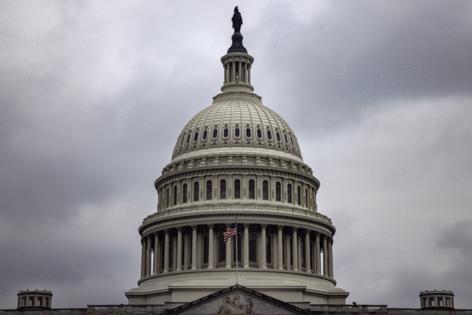


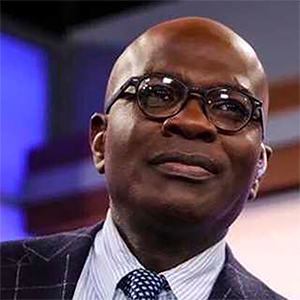



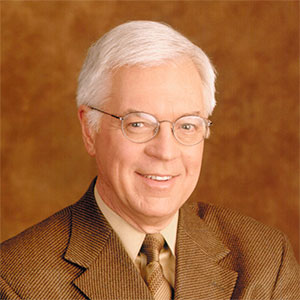

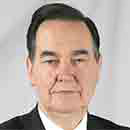













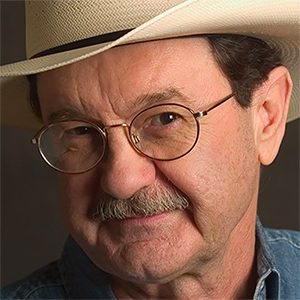


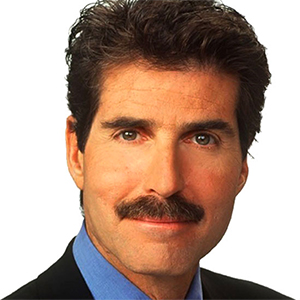

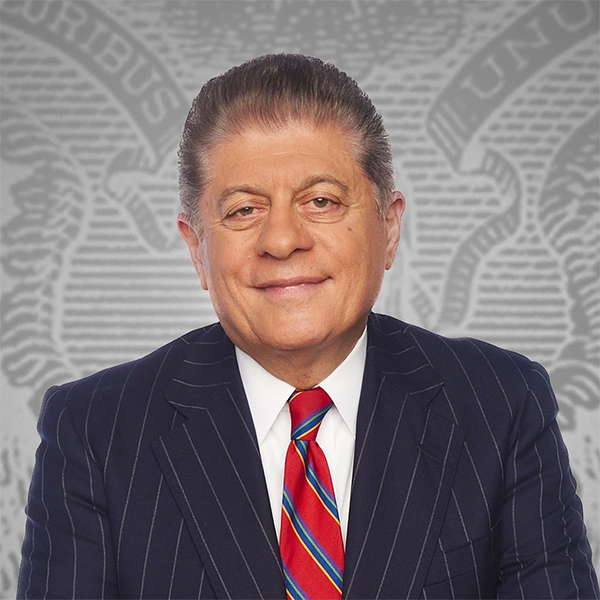







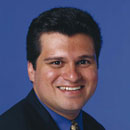












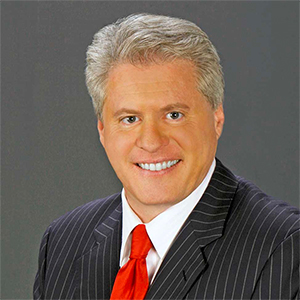


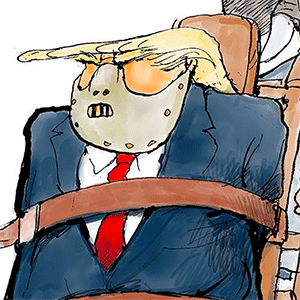



Comments